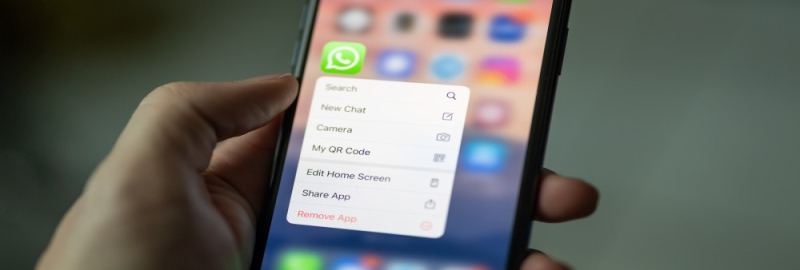
WhatsApp continues to evolve, enhancing connectivity and user experience. The recent rollout of companion mode was a game-changer, enabling users to link their accounts to up to four devices. This meant you could still access your messages even if your primary phone was offline. However, until now, linked devices lacked some autonomy, particularly when it came to sharing status updates.
The tide is turning with the latest WhatsApp beta for Android. Informed by user feedback and technological advancements, version 2.24.1.4 promises to plug this gap. The update introduces the ability for secondary devices to post status updates – a much-anticipated feature, considering the popularity of the status function as a form of expression and communication on the platform.
Not only does the beta version allow status sharing from a paired device, but it also maintains the full spectrum of photo editing tools and posting options. This update includes voice, text, video/image, and GIF-based status updates. Users can now navigate to the Status tab and use the familiar pencil or camera icons to create and share their moments just as they would from their primary phone.
This innovative step by WhatsApp signifies an important leap in creating a more seamless and integrated messaging experience. It eliminates the need to always have your primary phone at hand for all WhatsApp functions. Now, whether you're working from a tablet or a secondary phone, your WhatsApp connection is as robust and versatile as it is on your main device.
Conclusively, WhatsApp is set to enrich how we stay in touch with our network. The progression towards a more unified WhatsApp experience across multiple devices emphasizes the platform's commitment to user convenience and satisfaction. While the feature is currently available in beta, it heralds an exciting direction for the future of messaging apps, where limitations are lifted, and accessibility is at the forefront. Users around the world can look forward to a time when their connected devices truly work in harmony, further blending the lines between primary and secondary devices.
